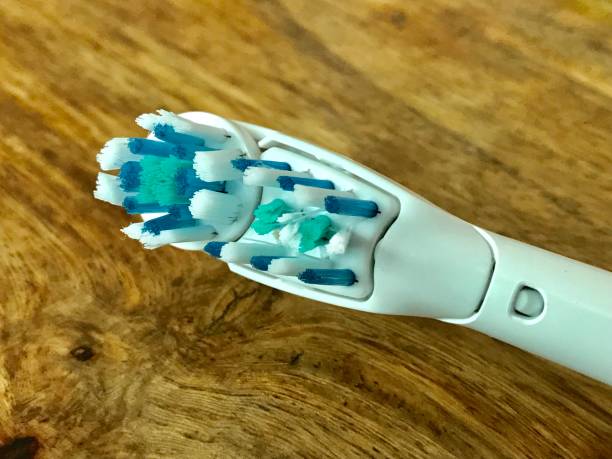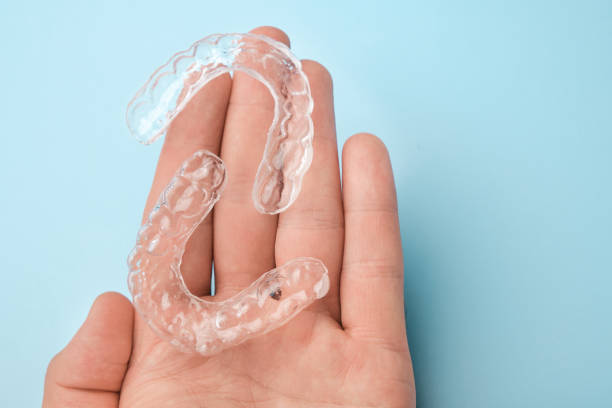Having high blood sugar levels can increase a person’s risk of developing gum disease. In turn, gum infections can increase blood glucose levels, which can make it more difficult to manage diabetes.
Periodontal disease, also known as gum disease, refers to conditions that affect the gums, which are the soft tissues in the mouth that support the teeth. People with diabetes are more likely to experience periodontal disease. However, by managing their blood sugar levels and maintaining their oral health, a person living with diabetes can prevent gum disease.
In this article, we discuss the relationship between diabetes and periodontal disease and look at gum conditions that are common among people living with diabetes.
What is the link between diabetes and periodontal disease?
The diabetes and periodontal disease have a bidirectional relationship. This means that while high blood sugar increases the risk of gum disease, gum disease makes it difficult to control blood sugars, potentially increasing a person’s A1C levels.
Due to this, research has identified a link between periodontal disease and a higher risk of diabetes-related complications.
Diabetes can affect oral health by changing saliva. This fluid plays an important role by lubricating the mouth, washing away debris, preventing bacterial growth, protecting tissues, and fighting bacterial acids and tooth decay. However, uncontrolled diabetes may cause the salivary glands to produce a lower quantity of saliva. This saliva may also contain more glucose.
These changes in saliva result in a dry mouth, which encourages bacteria to grow here and combine with food to form plaque. If a person does not remove the plaque, it can build up on teeth near the gum line and develop into tartar. This hard substance requires treatment from a dental health professional to remove it. Without removal, tartar can result in periodontal disease.
People living with diabetes are more likely to have an intense inflammatory response to the bacteria. High blood sugar levels also interfere with wound healing and increase the risk of damage to the gums, which further increases the likelihood of infections and gum disease.
As such, people unable to keep their blood sugars within a healthy range are more likely to experience oral symptoms. These may include:
- soreness
- bad breath
- chewing difficulties
- tooth loss
Periodontal disease is the most common dental condition affecting those living with diabetes. Some sources note that it affects nearly 22% of those with diabetes.
Evidence indicates that individuals with type 2 diabetes are roughly three times more likely to develop dental problems that those without the condition. People with type 1 diabetes also have an increased risk.
Common dental problems for people living with diabetes
Gum disease is one of the most common and serious oral complications relating to diabetes. Uncontrolled blood sugars increase the risk of gum disease progressing from mild to severe. Conditions that a person may experience include:
Gingivitis
Gingivitis refers to inflammation of the gums and is often the first stage of gum disease. This condition develops when plaque and tartar accumulate on the teeth, near the gum line. This results in irritation and inflammation of the gums, which can cause discomfort and may lead to the gums bleeding easily.
Periodontitis
Periodontitis describes an infection of the gums and bones that support the teeth. It typically occurs as a result of untreated gingivitis. A person’s gums may pull away from the teeth, leaving small pockets. Bacteria can enter these pockets, form a gum abscess, and begin breaking down the gums and bone. Without treatment, this condition can result in tooth loss.
Other possible dental problems relating to diabetes include:
- dry mouth, also known as xerostomia
- dental cavities
- oral thrush
- irritation in the mouth, known as burning mouth syndrome
How to keep the mouth healthy
The importance of practicing good oral care at home, attending regular dental appointments, and making lifestyle decisions that can benefit oral health.
General recommendations for maintaining good oral health include:
- brushing the teeth twice a day for roughly 2 minutes with a fluoride toothpaste
- cleaning between the teeth daily, using either dental floss, interdental brushes, oral irrigators, or wood sticks
- consuming a varied diet that limits beverages and snacks with added sugar
- attending regular dental appointments to help prevent and treat oral disease
Lifestyle considerations may include:
- drinking water that contains fluoride
- avoiding smoking
- avoiding oral piercings, such as tongue piercings
Additionally, the ADA highlights the importance of managing blood sugar levels for good oral health. This is because good blood sugar control can help prevent oral infections and dry mouth. Tips to help with managing blood glucose levels include taking medications, eating a nutritious, well-balanced diet, and exercising regularly.
When to contact a dentist
It is advisable for people with diabetes to visit a dentist regularly. The American Diabetes Association recommends that people attend dental appointments twice a year. If a person has diabetes, they should communicate this with the dentist. They should also provide the dentist with details about any diabetes-related problems, which medications they take, and how long they have had diabetes.
If a person notices oral symptoms, such as their gums being red and swollen or bleeding easily, they should contact a dentist as this could indicate gum disease.
Summary
People with diabetes have an increased risk of gum disease. Persistently high blood sugar levels can negatively affect oral health and increase the risk of infections that may lead to gum disease. Additionally, gum disease can make it more difficult to control blood glucose.
A person can reduce their risk of periodontal disease by keeping their blood sugars within a healthy range, brushing and flossing their teeth twice a day, and attending regular dental appointments.



